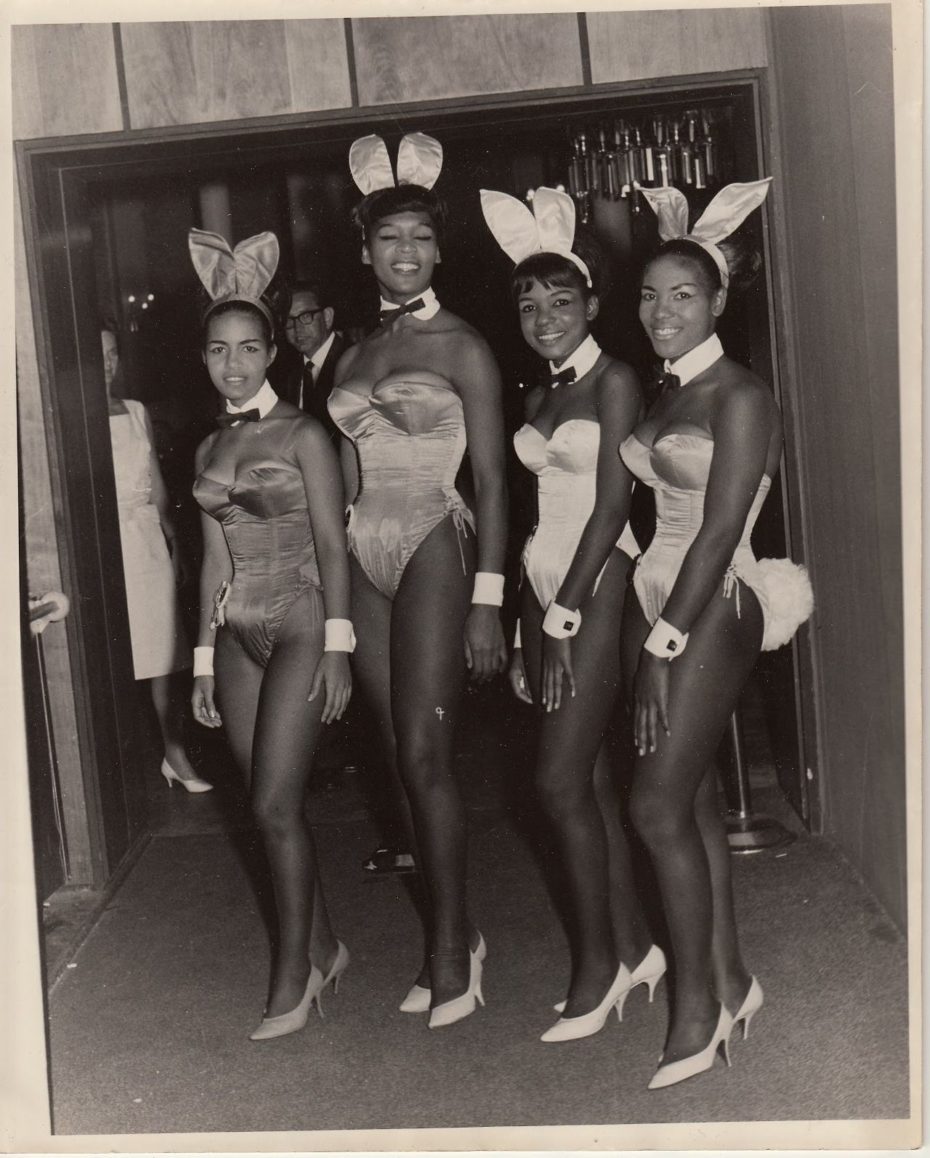Top moments in black fashion history
TRENDS
Get a glimpse of how black culture has shaped some glistening style moments.

As a language of images, fashion also creates ideals. Pictures speak about what we celebrate. Imagery helps to shape aesthetic visions. This is why fashion is also a place where representation can contribute to the richness of diversity, beauty, and style.
Anti-racist visions can also be achieved through representation. As we celebrate this vision at MAAJI, these are remarkable moments in which black fashion created extraordinary moments of aesthetic power and delight. Representation is vital in the fight for the anti-racist structures we wish to live in.
Designer Zelda Wynn, first to open her African-American woman to own shop in 1948.
Her boutique in Midtown Manhattan had nine dressmakers and represented an unprecedented possibility. She was also commissioned to design a 1960s symbol: the Playboy bunny costume



Ann Lowe designed Jackeline Kennedy’s wedding dress.
In 1953, Jackie Bouvier – soon to be known as Jacqueline Kennedy – wore an iconic dress made by African American designer Anne Lowe. Ms. Lowe, however, was not credited for creating one of the most iconic bridal moments in contemporary US history.

Donayle Luna is the first black woman to be featured on the cover of VOGUE magazine
It was March 1966 when model Donayle Luna became the first black woman on the cover of a powerfully symbolic publication. British VOGUE made the revolutionary move, widening the specter of representation in an unprecedented way.

Stephen Burrows in 1973.
The Versailles Show of 1973 is considered to have transformed the landscape of American fashion. Oscar de la Renta, Bill Blass, Anne Klein, Halston, and Stephen Burrows—gathered at the Palace of Versailles to show against the five French designers considered the best in the world: Yves Saint Laurent, Hubert de Givenchy, Pierre Cardin, Emanuel Ungaro, and Marc Bohan of Christian Dior.


The first time Naomi Campbell was on the cover of VOGUE Paris.
No other publication had been as mystical as the French version of Vogue magazine. It was August 1988. Campbell, already a rising star in the fashion industry, was not granted the cover until her friend Yves Saint Laurent stepped in claiming he would remove publicity from the magazine unless Campbell be granted the cover. And she did.

The costume design in the film Black Panther.
Ruth Carter shone like never before when she did the dazzling costume design for the filmic breakthrough, Black Panther, made in 2018. Carter designed over 1.500 costumes and was granted an Academy Award for her sensational vision. “The designs emphasize the power, opulence, innovation, and beauty of blackness as inspired by Africa”, was the way Harper’s Baazar magazine described it.


Style critic Robin Givhan wins a Pulitzer for fashion criticism in 2006.
The African American Washington Post writer and critic, was awarded the distinguished prize “for her witty, closely observed essays that transform fashion criticism into cultural criticism. With writing subjects ranging from Jlo to Condoleeza Rice, Ghivan’s writing showed how significant fashion and dress can be in the political, cultural and social spheres.”


Edward Enninful becomes chief editor at British VOGUE.
With important stints in American Vogue and W Magazine, Edward Enninful was appointed editor in chief at British Vogue in early 2017. Since then, he has been known for an enriching approach in terms of diversity and inclusion in the fashion industry, at a time in which these topics are as relevant as ever.

